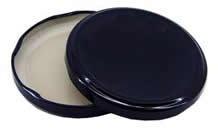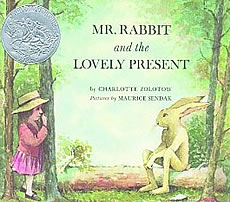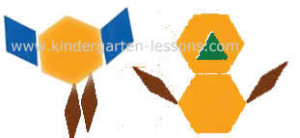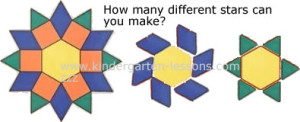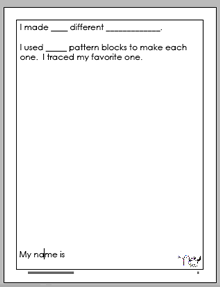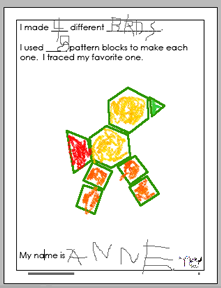Organize your routines to promote plenty of kindergarten math problem solving.
It’ll help children make sense of math concepts as they solve problems using real life objects and everyday situations that they can relate to.
When children learn to recognize a problem, try a few problem solving strategies, suggest a variety of solutions to solve the problem, and finally, test their ideas. They will gain confidence and have a chance to use skills that they have learned previously.
Keep Math Problem Solving Activities Simple
- Small commercially available sorting dishes
are useful for math problem solving activities and games.
- Jars from pasta sauce and other products work well also.
- Ask parents to save clean jar lids that are large enough to hold 3 one-inch blocks. Check there are no sharp edges.
- Cups are too deep for the following activities as the children cannot easily see how many counters they have put into each cup.
Literature based problem solving games
Game – Birthday party across the river
Set up the problem by reading a book such as Mr. Rabbit and the Lovely Present.
This story is written by Charlotte Zolotow, is illustrated by Maurice Sendak and is a 1963 Caldecott Honor-winning classic. A little girl needs help finding a birthday present for her mother and Mr. Rabbit tries to help her solve the problem.
After reading it, talk about:
- What was the little girl’s problem?
- What did she do to solve it?
- How did Mr. Rabbit help?
- How did they solve the problem?
Boats and River Game
Materials:
- Boats – One jar lid per child (such as the ones that pasta sauce comes in) that hold 3 one-inch Unifix™ cubes. The lids represent the boats.
- Presents – Ten one-inch Unifix™ cubes for each student. These represent the presents. Vary the number of blocks, depending on the children’s abilities.
- 1/2 sheet of blue construction paper cut lengthwise – this is the river
- Recording sheet and pencils
Problem:
- Introduce the problem – Tell your students that you are pretending that all ten of Mr. Rabbit’s presents (cubes) have to get across the river for a birthday party. The presents will have to go in the boats (jar lids) but can not be stacked on top of each other or they will fall in the water. Only 3 presents can fit into a boat but all the presents have to get to the party.
- How many trips across the river does your boat need to take?
- Each child loads their boat with 3 cubes and take them across the river then unloads their boat
- Children record each trip with a tally line.
- Vary the number of blocks with each game
Sharing type problem solving
Materials:
- Counters, blocks or crackers
- Small paper plates – 4 per child
- Lids and blocks as above
Focus on different ways of solving the problems. Vary the games and materials each time:
- Game #1 – Say to the children – “You have 4 plates, one for each friend, and 12 crackers. How can you make sure that all your friends get the same number of crackers?”
- Game #2 – Each child gets 4 lids and 12 blocks. “How you can put the blocks into the lids so all the lids have the same number of blocks?”
- Game #3 – Each child gets 2 plates. Goldfish type crackers are in bowls near the children. “How can we figure out how many crackers we will need if each plate has 10 crackers?”
Seating & PE equipment type kindergarten problem solving
One group of children watches while the other group acts out the problem.
Prompt with suggestions as necessary. E.G. How could we figure that out? All the children can contribute ideas to solve these types of problems.
#1 – Four children can sit around each table. We have 12 children. How can we figure out how many tables we need so everybody can sit down?
#2 – We have 6 balls and 12 children. How can we share the balls so all the children get to play with the same number of balls?
#3 – This group has 4 children. If each child jumps 3 times, how can we keep track of how many jumps will they jump all together?
#5 – In PE classes the teacher often sorts the kids into groups. Instead of doing this, turn the activity into a problem for the children. Sit the children down and say, “We need 5 children in each group. 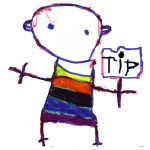 How can we sort ourselves into groups of five? Does anyone have an idea?”
How can we sort ourselves into groups of five? Does anyone have an idea?”
Tip – Save these types of problems for after the children have had plenty of activity and are ready to sit and rest for a while.
Spatial type problem solving
Materials:
Procedure:
Ask questions such as the ones below.
1. How many ways can you make a bird (or flower or star…) using only 5 pattern blocks? Children spend 5 minutes making birds. Have them count the number of pattern blocks in each bird as they sometimes get carried away and end up making a bird with many more blocks!
2. Show me how you can make 3 different stars can with your pattern blocks?
Recording problem solving activities
Prompt students to record the results of most activities, even if they are only able to make a simple picture.
Many opportunities for math problem solving will arise in a regular preschool or kindergarten day.
- Keep problem solving simple and age appropriate
- Focus on problems that have open-ended results
- If children get frustrated, give them the option of leaving the problem and coming back to it later
